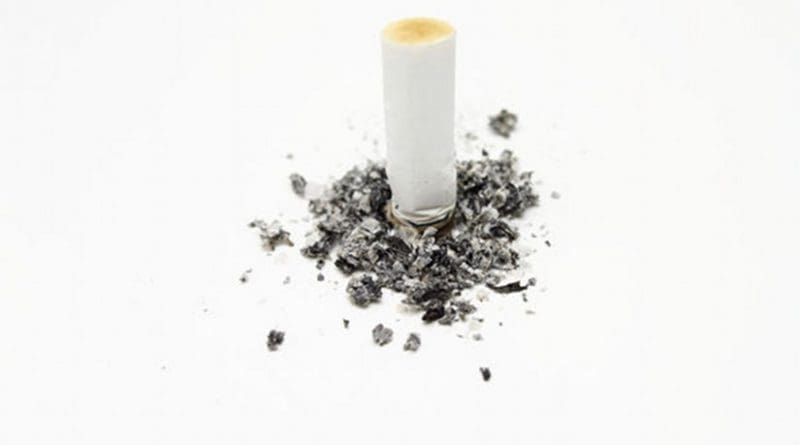How To Pave Over Our Big Butt Problem
Soon the footpath you walk on could be full of cigarette butts, instead of being littered with them.
Trillions of cigarette butts are produced every year worldwide, with most discarded into the environment. They take ages to break down while their toxic chemical load is released into creeks, rivers and the ocean.
Now a team at RMIT University in Melbourne, Australia, led by Dr Abbas Mohajerani has demonstrated that asphalt mixed with cigarette butts can handle heavy traffic and also reduce thermal conductivity.
This means the product could not only solve a huge waste problem but would also be useful in reducing the urban heat island effect common in cities.
Mohajerani, a senior lecturer in RMIT’s School of Engineering, said he was keen to find solutions to mounting cigarette butt waste.
“I have been trying for many years to find sustainable and practical methods for solving the problem of cigarette butt pollution,” Mohajerani said.
“In this research, we encapsulated the cigarette butts with bitumen and paraffin wax to lock in the chemicals and prevent any leaching from the asphalt concrete. The encapsulated cigarettes butts were mixed with hot asphalt mix for making samples,” Mohajerani said.
“Encapsulated cigarette butts developed in this research will be a new construction material which can be used in different applications and lightweight composite products.
“This research shows that you can create a new construction material while ridding the environment of a huge waste problem.”
About 6 trillion cigarettes are produced every year, leading to more than 1.2 million tonnes of cigarette butt waste. These figures are expected to increase by more than 50 per cent by 2025, mainly due to an increase in world population.
“Cigarette filters are designed to trap hundreds of toxic chemicals and the only ways to control these chemicals are either by effective encapsulation for the production of new lightweight aggregates or by the incorporation in fired clay bricks,” Mohajerani said.
Mohajerani became a world-renowned researcher in 2016 for his research in recycling cigarette butts in bricks.
The project is the result of five years of research. It has been published in the journal of Construction and Building Materials (Elsevier)

